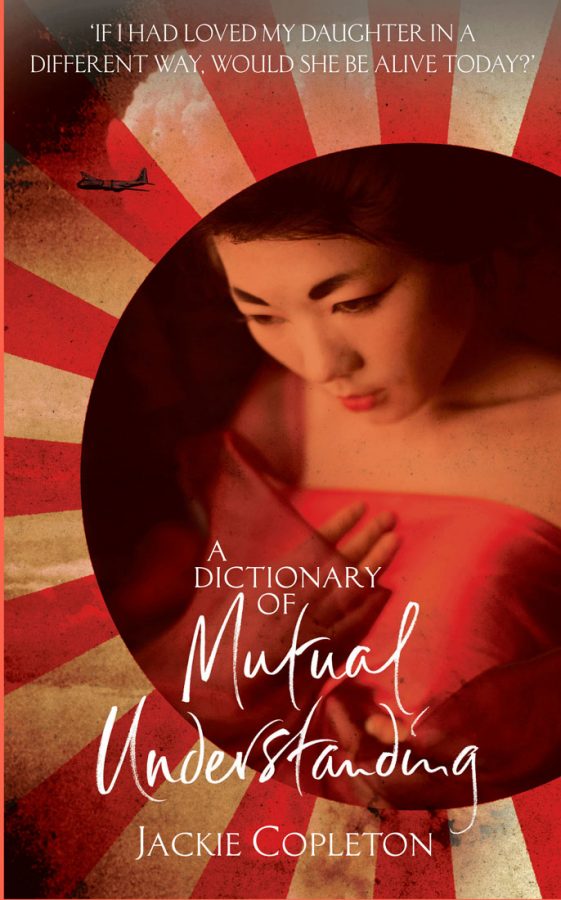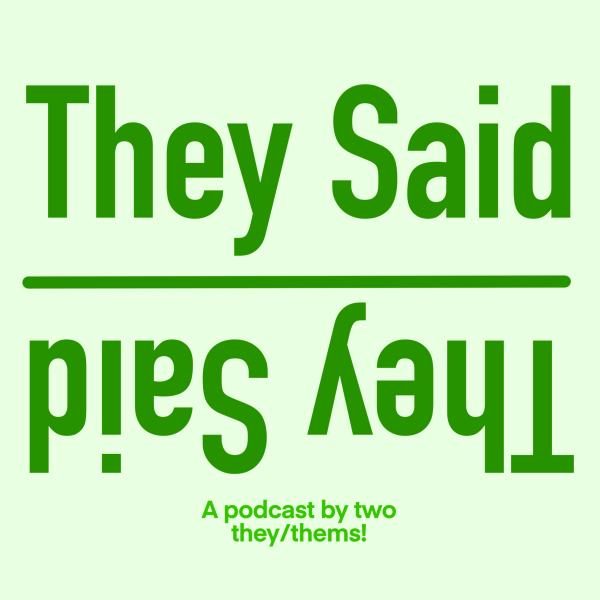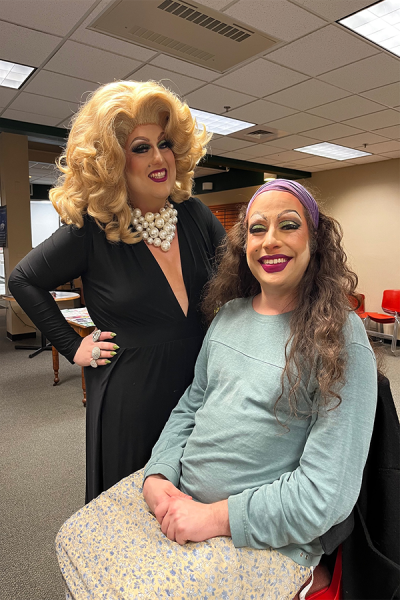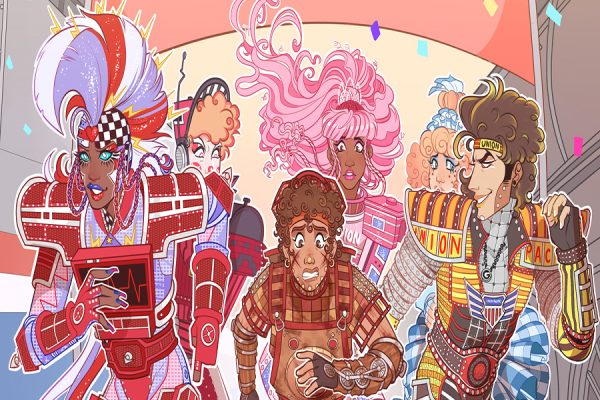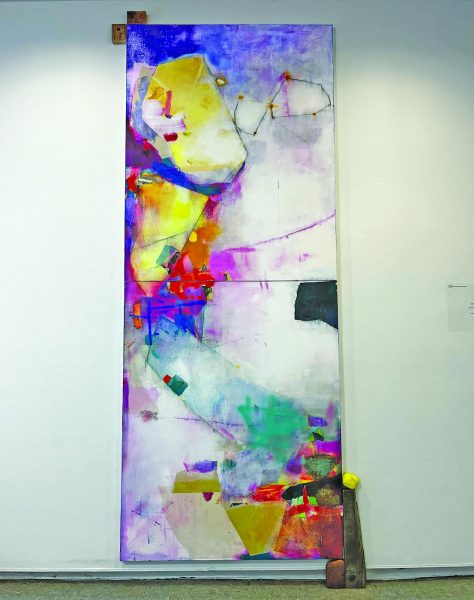“A Dictionary of Mutual Understanding” a swift, solid, haunting read
The United States dropped the atom bomb on Nagasaki, Japan on August 6, 1945. There are still survivors of that terrible day, and their children and grandchildren continue to suffer genetically and emotionally from fallout. I have never met anyone who was there, or whose parents were there, or grandparents. But “A Dictionary of Mutual Understanding,” though a work of fiction, gives me a glimpse of what their stories might be, and raises the possibility that the people around us who we think we know well actually may be masking terrible grief.
This is Jackie Copleton’s story: A couple survives the bombing of Nagasaki, but their daughter, son-in-law, and young grandson do not. They move to America with their grief, but conceal it so they can blend in. When a disfigured middle-aged man appears at the mother’s doorstep telling her that he’s her grandson, it takes the book for her to decide if she believes him.
Each chapter of Copleton’s book begins with a Japanese word or phrase regarding Japanese customs and relationships. For example, “Mushi-no-ne” is the singing of crickets or other insects. “The singing of the insects strikes the right chord in the heart of Japanese people,” says Copleton in the book. “They find something sad and lonely in these chirpings, realizing the end of the hot summer, the coming of the severe winter, the short lives of insects, and by association the mutation of life.” You can see how relevant this particular word is to the theme of Copleton’s book.
This is a story about a mother’s tiger love, the decisions parents make on behalf of their children — in their best interest or not — and how fickle life can be in regard to who survives and who dies. “A Dictionary of Mutual Understanding” reminds us that August 1945 was only 71 years ago. How many more years — how many more generations — must pass before the atom bomb finally leaves the blood of this city?
I encourage you to seek out this book in the new addition section of Willey Library (near the Circulation Desk). The writing is swift and solid, and the message haunting and unforgettable.


